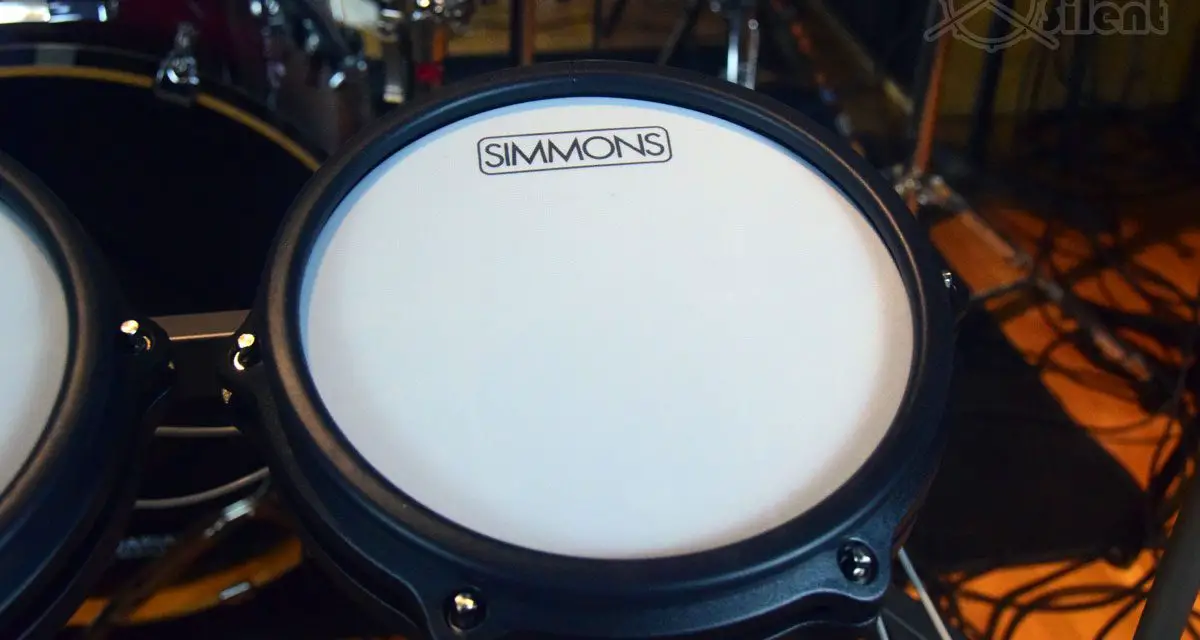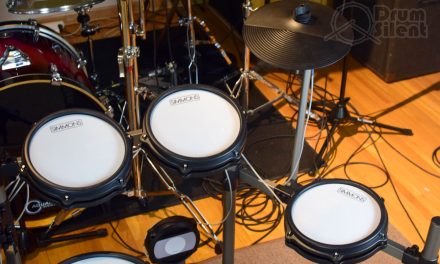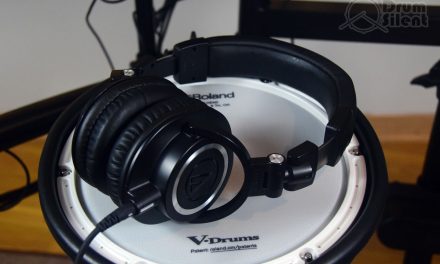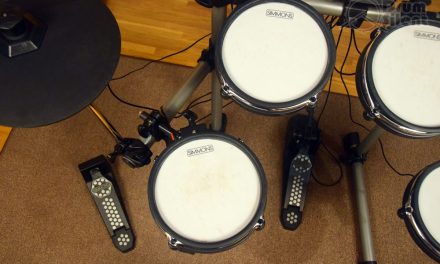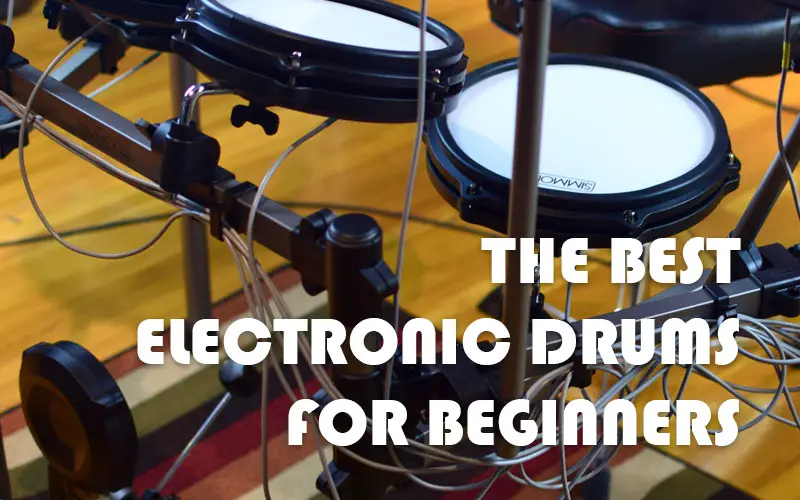There’s plenty of good reasons to use an electronic drum kit. Electronic drums can provide versatility and noise control in ways that acoustic drums aren’t able to.
Noise and Volume Control
This is one of the stronger reasons that drummers might opt for electronic drums. With an acoustic drum kit, there is no volume knob, it’s just full volume and full projection, all the time. With an electronic drum kit you get much more control over the volume and noise that it will make. You can plug in a pair of headphones and be the only person in the room able to hear the sound of the drum module.
There is a noise factor to consider with electronic drums, though, and that is the noise of the drum sticks hitting the pads. It’s usually about the same volume as playing a practice pad. So electronic drums aren’t exactly completely silent. However, the acoustic noise coming from an electronic drum kit is going to be far less than an acoustic drum kit.
Sound Design Versatility
Electronic drums kits use drum modules that usually provide a fairly large sound library. An average low budget electronic drum kit will usually have maybe 10-20 drum kits built in, and as you work your way up to more advanced modules you can often find much larger drum libraries and a larger selection of drum kits.
Beyond the wide variety of percussive sounds available, you often will find effects built in such as compression, reverb and EQ. Sometimes even more advanced effects are available. These can be used to add studio level effects to your drum sound while you are playing.
Another features often found is the ability to change the parameters of individual drum sounds. This would include the ability to change pitch, decay, attack or other things that allow to manipulate the characteristics of the sounds.
Layering is another neat feature often found in more advanced drum modules that allows you to stack two different drum sounds to be played at the same time with a single pad. This can add a lot of depth and texture to sounds that are combined.
These sound design capabilities are appealing to drummers who want to be able to craft unique or more complex drum sounds or who really want to be able fine tune their drum sounds. And it would take a large variety of equipment and access to post-processing gear to do the same type of stuff with acoustic drums.
Live Performance Versatility
If you’re drumming for music that requires varieties of drum sounds it can be worthwhile to look into using electronic drums to play live. Using a drum module on stage allows you to completely change the sound of the kit without swapping out any hardware. You can change to a different drum kit for every song easily and seamlessly in ways that an acoustic kit isn’t able to.
Using electronic drums live also allows the live sound engineer to have much more control over the drum sound in the mix without dealing with microphone bleed and the drum sound projection. Depending on the situation, this could be a big advantage for a consistent live sound.
Portability & Saving Space
Many electronic drum kits are fairly compact, and they can save a lot of space when compared to what an acoustic drum kit might require. They will generally have a smaller overall footprint and less bulk.
An electronic drum kit can be much more portable for transport. Some are small enough that you can simply lower the taller cymbal pads, fold up the rack and slide the whole thing into the trunk of a car. They will generally require less assembly and reassembly to move from space to space.
Recording Options & Capabilities
Electronic drum kits can offer more options for recording if your drum module has the features. Most drum modules at least support MIDI, so you can record your drums as MIDI tracks which can allow you to get creative with post-processing, editing and sound replacement.
In addition, some drum modules can send multiple individual channels directly to a DAW, allowing you to capture each sound around the kit on it’s own track during audio recording. This can be useful for post-processing and editing as well.
Practice Tools & Metronome
Many electronic drum kits have features built in to help drummers practice. The most useful feature for most drummers is the metronome. In addition to the metronome, there are often features for learning how to keep better time, change time signatures, or change tempos while playing.
Plug & Play
Electronic drums require less attention to detail when setting up and starting to play. With acoustic drums you’ll have to worry more about stuff like tuning drum heads or replacing drum heads to maintain a good tone. With an electronic kit you mostly just need to get the pads positioned where you like, power it on and start playing.
Plenty of Good Reasons
As you can see, there are plenty of good reasons to use electronic drums, and it might be a combination of any of these reasons that pushes a drummer to go electronic. Mostly it will come down to personal preference and circumstances, as each drummer will have different goals and reasons to do what they do.

